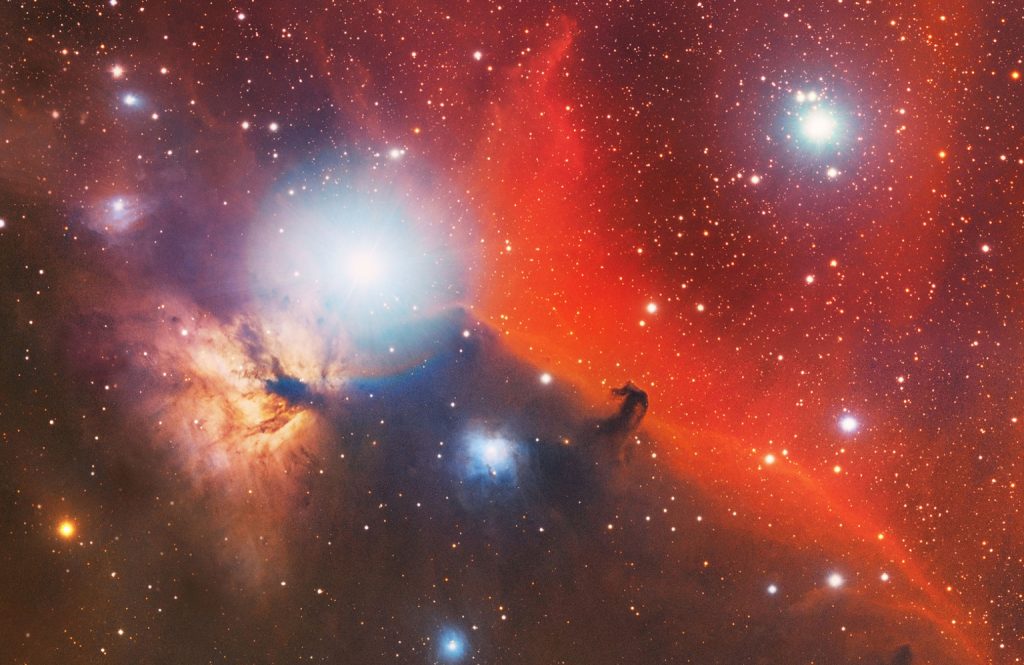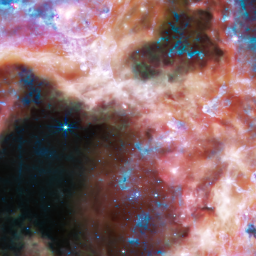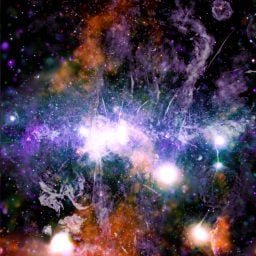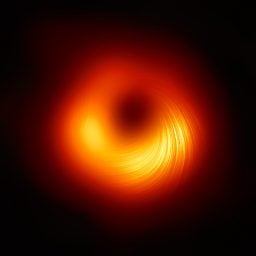A massive, 2.5 gigapixel photograph that was five years in the making shows the Orion constellation in stunning detail. Astrophotographer Matt Harbison has presented the ambitious image, titled ORION Project, in full resolution on his website, allowing viewers to zoom in and out on the stars.
Comprising 2,508 individual images in 200 panels, the ORION Project took Harbison, a youth minister in the Episcopal church, across five states in search of dark skies and clear weather. With friends from his astronomical society at his side, he would shoot through the night, setting up ice fishing tents outfitted with portable heaters as astronomical shelters.
Harbison was captivated by the Orion Nebula from an early age, first viewing it through a telescope as a Boy Scout. Years later, he’s used the latest breakthroughs in computer technology and digital photography—splurging on a nearly $5,000 QHY 16200 CCD mono camera—to create a monumental image of one of the most significant landmarks in the night sky.
It took “countless hours of setup, endless amounts of processing time, and constant dedication,” Harbison wrote on his website. “The image posed many problems from the start—balancing differing sky conditions per night, aligning to the same star position each and every night, and meticulously returning to a position just a few thousand pixels North, South, East, or West.”
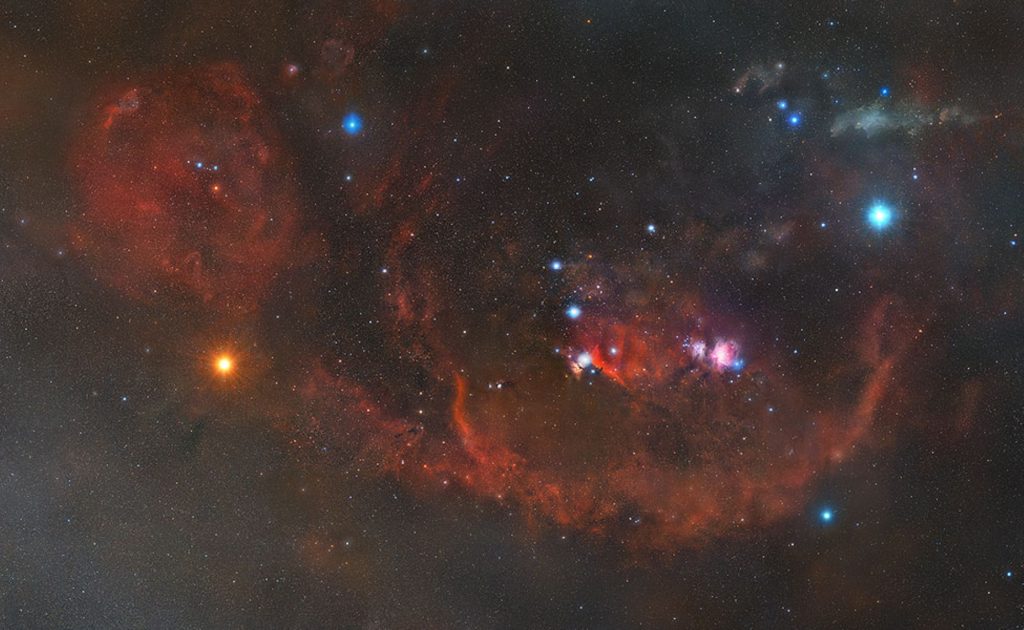
Matt Harbison, ORION Project (2015–20). Photo courtesy of the artist.
Harbison shot his final photo for the project on April 15. During the long months of lockdown, he was able to focus on processing the data to put the massive mosaic together—a technical challenge that required building an entirely new computer since his existing device had run out of RAM. (The project’s 44 terabytes of data is stored across 21 hard drives, seven laptops, and four desktops.)
After more than 640 hours of imaging and 500 hours of editing, getting the project over the finish line required some serious computing fire power. Harbison put it in technical terms: “It took a total of 23 hours to provide an astrometric solution for all 200 panels and then an additional 19 hours to merge into the gradient merge mosaic tool.”
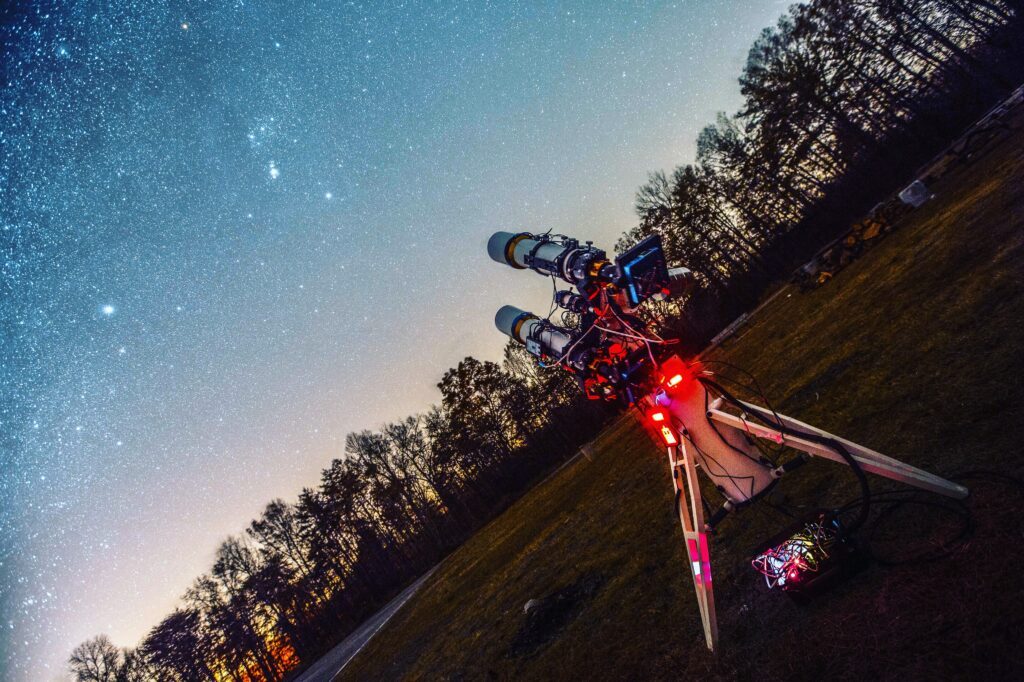
Matt Harbison shooting for the ORION Project in Fall Creek Falls State Park, Tennessee. Photo courtesy of the artist.
The final result, Harbison believes, is both art and science: “Art from my choice of color balance, rendering, and presentation. Science from my adherence to a process for creation and the massive amounts of data rigidly acquired.”
“To me, it’s an incredibly compelling image,” he wrote. “While I would love for it to be used for some type of astronomical research, ultimately I hope others look at it and see the cosmos in a whole new light.”
See more details from the image, and Harbison at his work station, below.
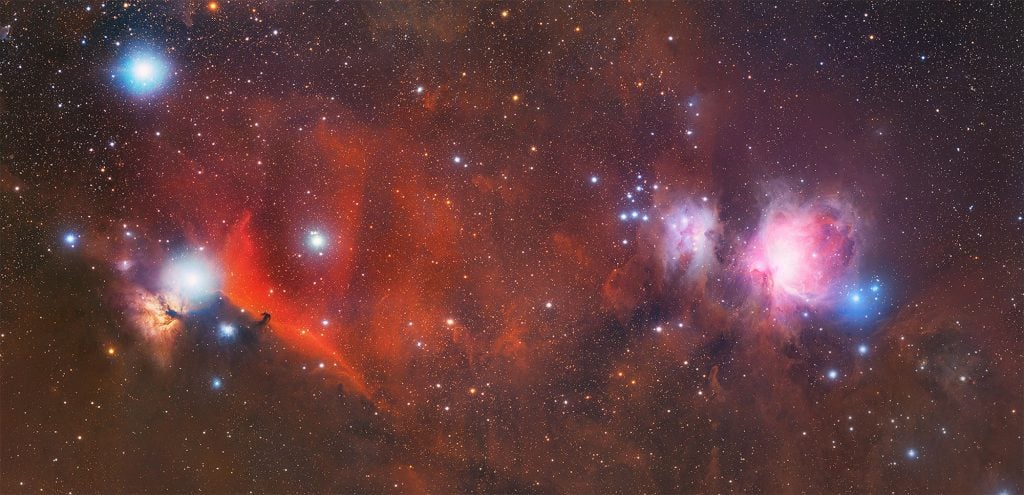
Matt Harbison, ORION Project (2015–20). Photo courtesy of the artist.
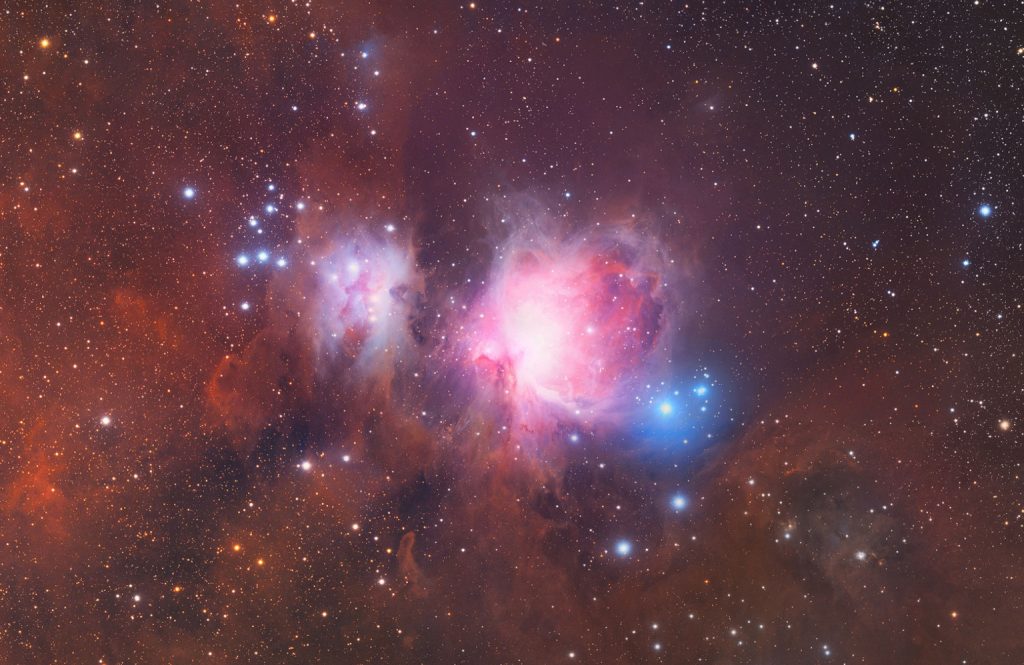
Matt Harbison, ORION Project (2015–20). Photo courtesy of the artist.
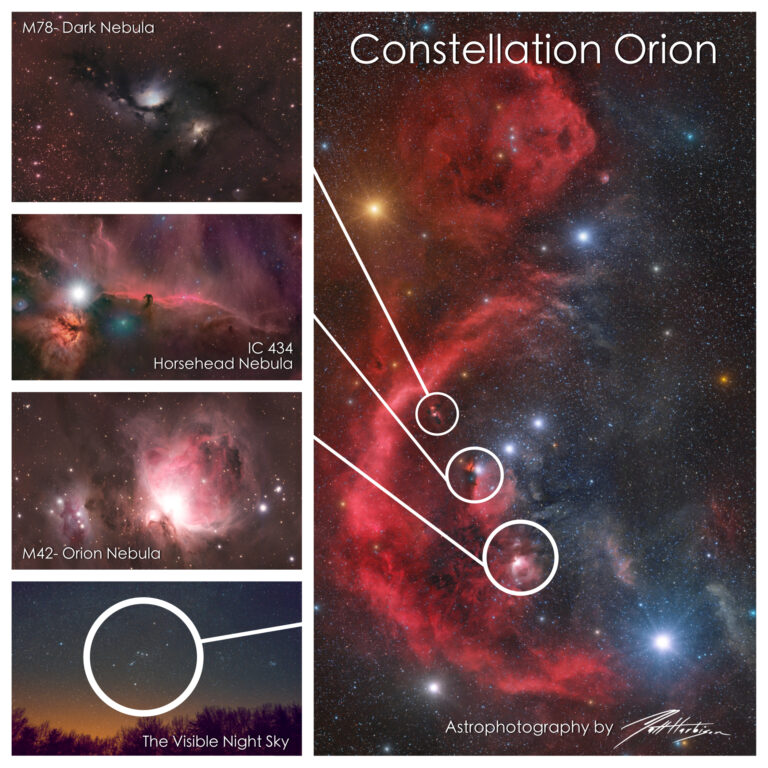
Highlights from Matt Harbison’s ORION Project (2015–20). Photo courtesy of the artist.
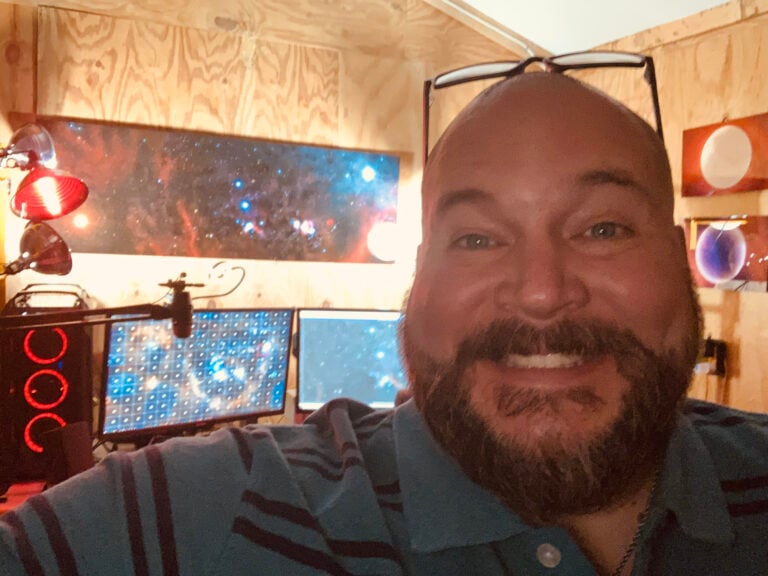
Matt Harbison completing the ORION Project. Photo courtesy of the artist.
